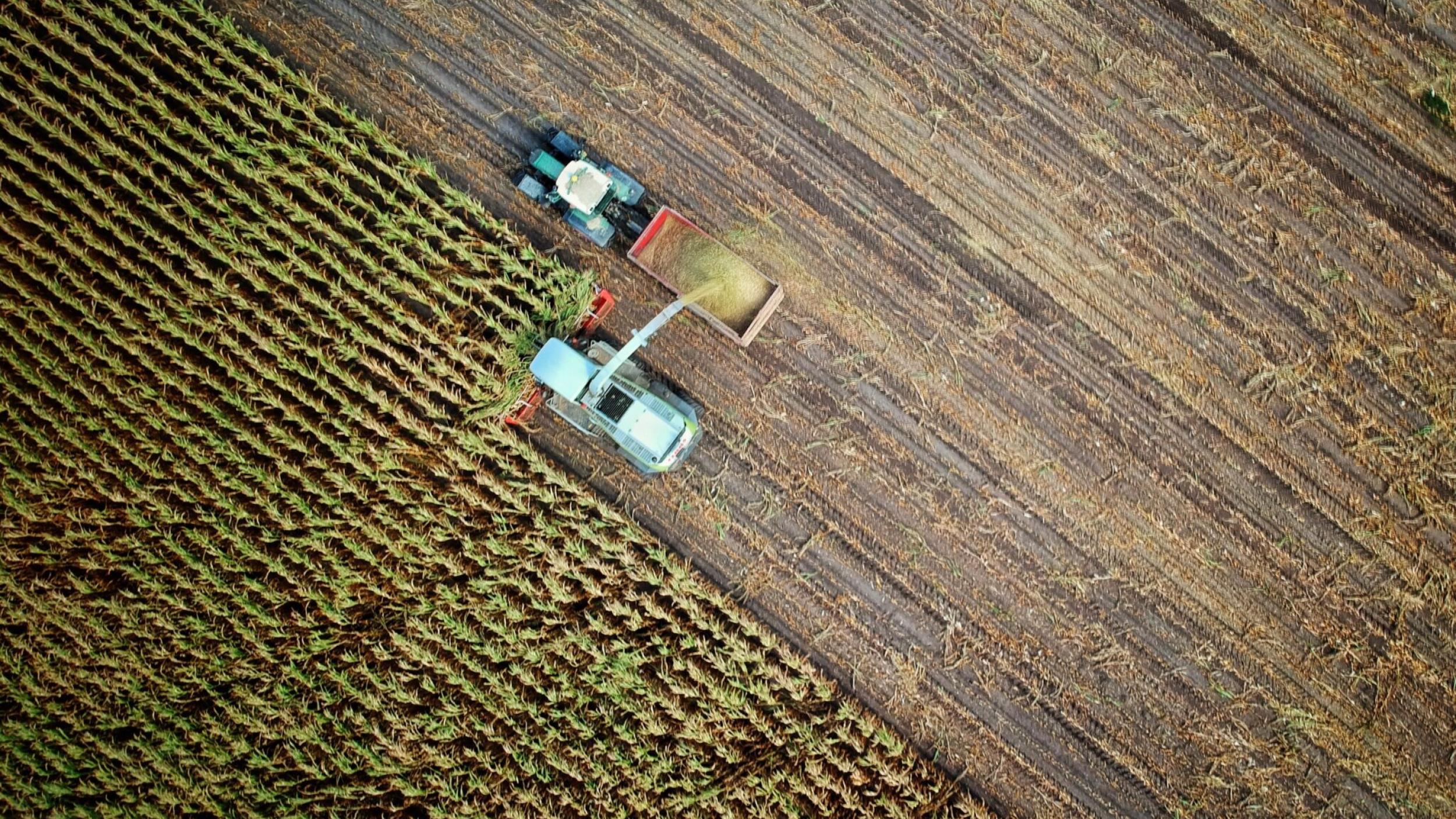Zombie fires are ravaging peatlands in France
Sep 30

The Financial Times recently released a video examining the relationship between peatlands and agriculture. Highlighting the outsize role of peatlands as a carbon store, despite their tiny share of the Earth’s surface, the video notes that peatlands have also been popular with farmers, who have historically drained them to grow crops or graze livestock – with records from the Netherlands suggesting this practice as early as the 8th century AD.
The video notes that this drainage causes the stored carbon to be released and looks at a few potential solutions, including peatland farmers re-wetting their lands and transitioning to paludiculture (wet agriculture). By growing sphagnum moss on re-wetted peatlands, these farmers could also contribute to the transition of the horticulture industry away from extracted peat, addressing two of the major threats facing peatlands.
It concludes: “Better peat[land] management can help save the planet, but that need not be at the expense of food production”
The video can also be found here on the FT website and here on YouTube. The FT also wrote this piece about farming on peatlands in July 2021.
Sep 30
Sep 30
Aug 31
Jul 31